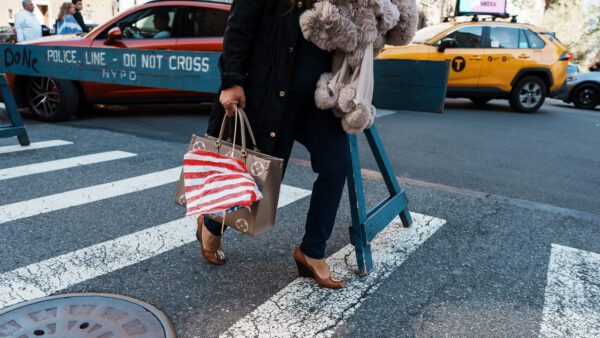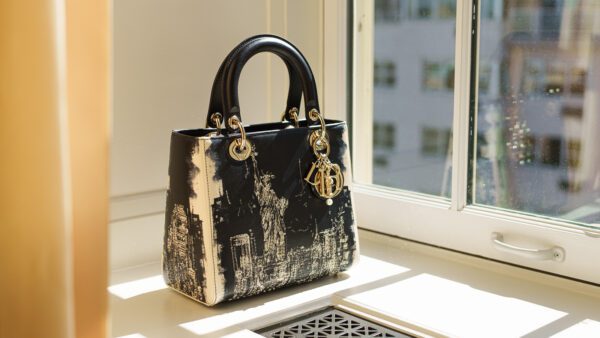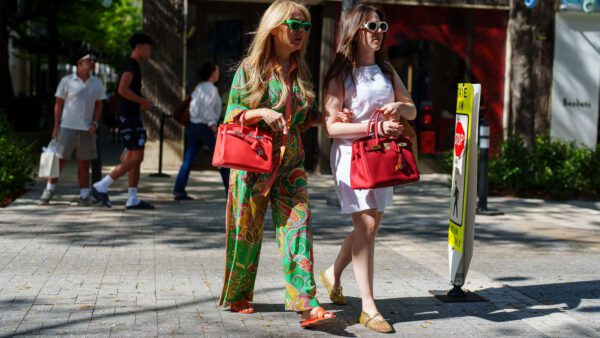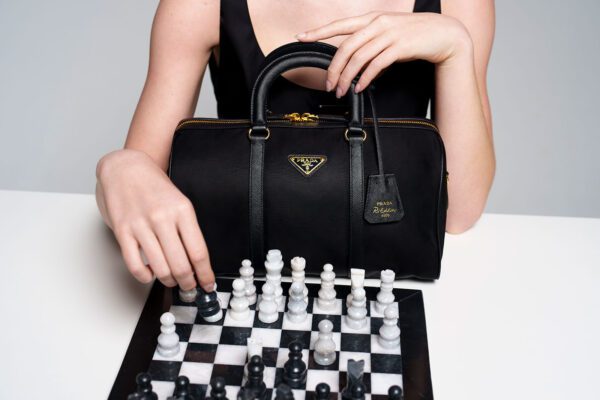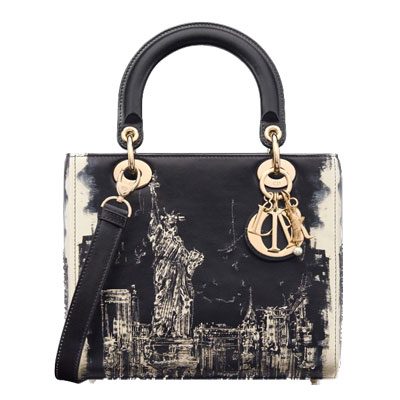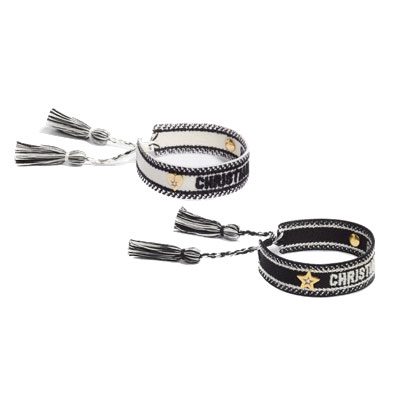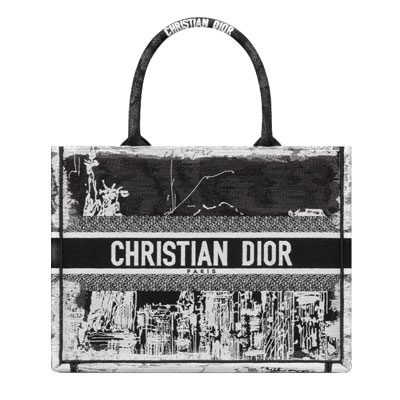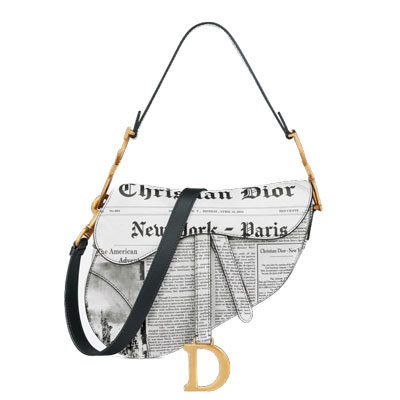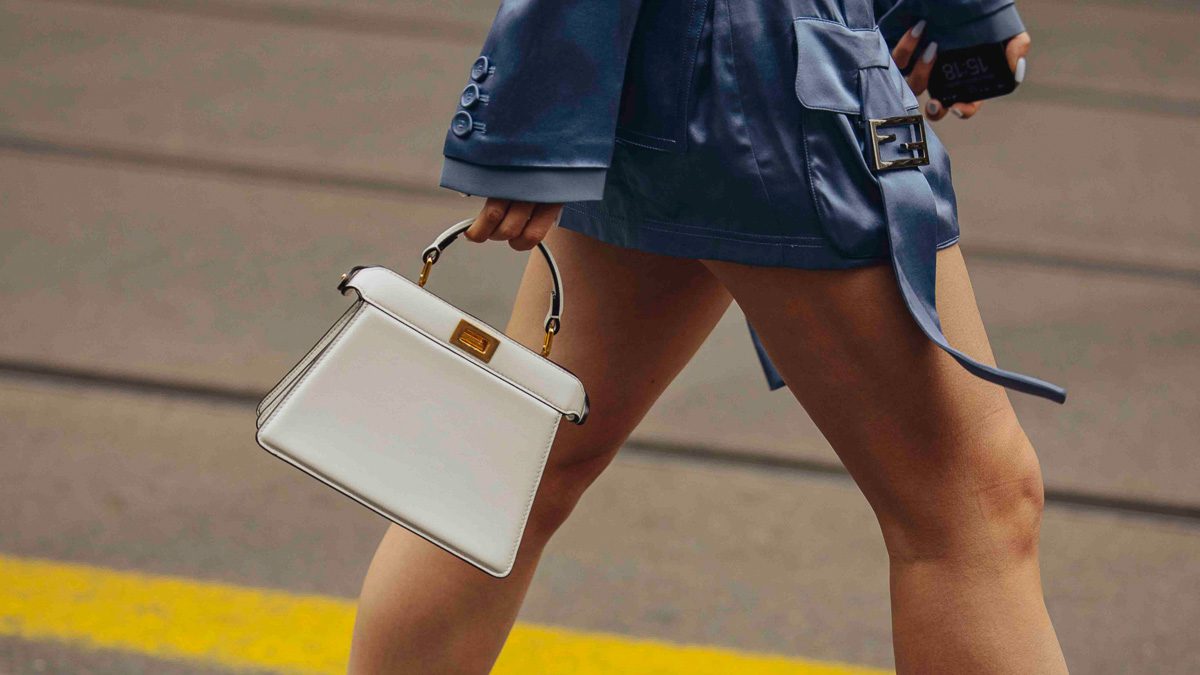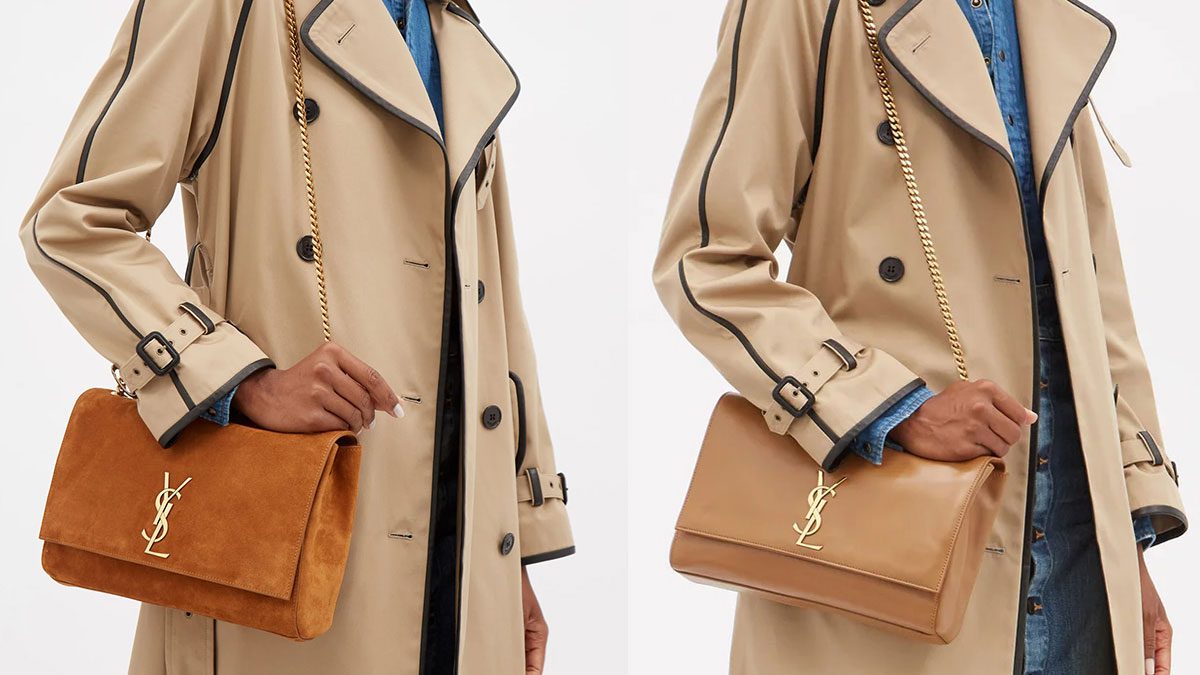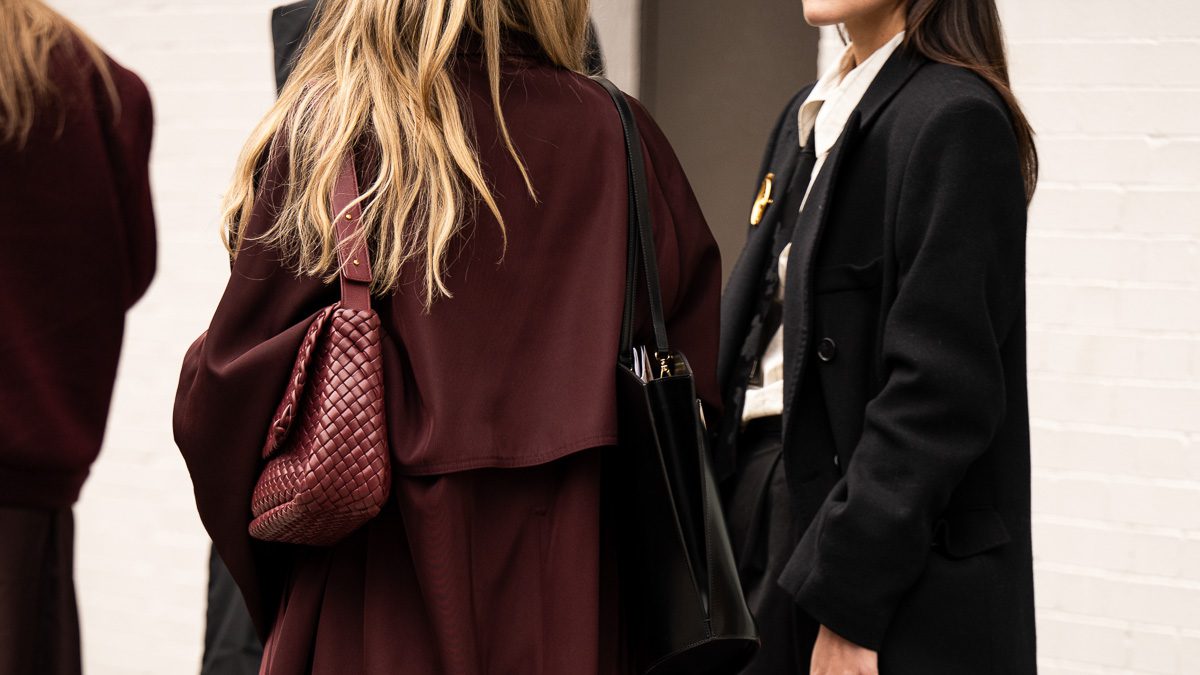Throughout the nearly two decades I’ve spent living in the United States, one truth made itself apparent pretty early: American and European lifestyles are vastly different.
Distinctions start with food-related nuances: in Italy, my birth country, morning espressos are consumed leisurely by the bar. In New York, to-go coffees add a pep to my step. Happy hour sessions on the other side of the Atlantic are defined by light spritzes and gorgeous-looking cheese plates, while Americans tend to devour pepperoni pizza pies and chicken nuggets at half price, washing everything down with as many beers as humanly possible.
Workwise, differences are even starker. As a friend of mine constantly reminds me, “Americans live to work, and everyone else works to live.” The inability to take a lunch break in Italy, France, and Spain—a common occurrence when looking at corporate life in New York and Los Angeles—would likely be met with lawsuits.
Growing up, I’d spend the entire month of August on vacation with my family. Today, the last bit of summer might as well be the thick of winter: work never stops.
Transactional Shopping versus a Personalized Experience
Perhaps most surprising, though, are the differences in shopping habits across the two continents—and not just in regards to what people actually buy, but how they feel about the act of shopping itself.
A recent trip to Milan reminded me that a day of shopping in my home city is akin to a love affair: products are referred to using male or female pronouns, caressing them is encouraged, and salespeople are wont to paint a vivid picture of where, how and when you’ll be wearing your beautiful new Miu Miu shoes.
Similar excursions in New York might yield the same luxurious booty, but they feel more like arguments than displays of love. You usually have to ask for specific items as browsing isn’t truly encouraged, touching bags, wallets, and shoes is at times met with anxiety-ridden glances, and, overall, the entire affair feels more transactional. There’s not much being exchanged on a personal level.
“Americans don’t want to help you even if you’re dying to spend some money”
The predicament seems to be caused by a variety of factors, from salespeople’s usual dispositions to the actual price of goods and the atmosphere within retail destinations.
As my friend Julia, born and raised in New York but a frequent traveler to Europe, said to me, “It’s really all just a metaphor for the culture itself.”
Let’s be clear: shopping for luxury goods at stores like Gucci, Chanel, and Tod’s is a clean, mostly pleasant, and certainly exciting time no matter where in the world. However, spending money at European shops is simply more pleasurable.
“European staff is happy to help you regardless of whether you buy something or not,” my sister, a trusted shopping buddy of mine, put plainly. “Americans don’t want to help you even if you’re dying to spend some money.”
If my recent visit to Burberry in Milan is any indication, my sister is onto something. Upon entering the premises searching for a raincoat, I was surrounded by six sales associates, each catering to a different need I didn’t even know I had: can I take your jacket? Care to use the restroom? Do you need any instructions on how to get back to the subway? Can I get you a glass of water? Flat? Sparkling? Some champagne, perhaps?
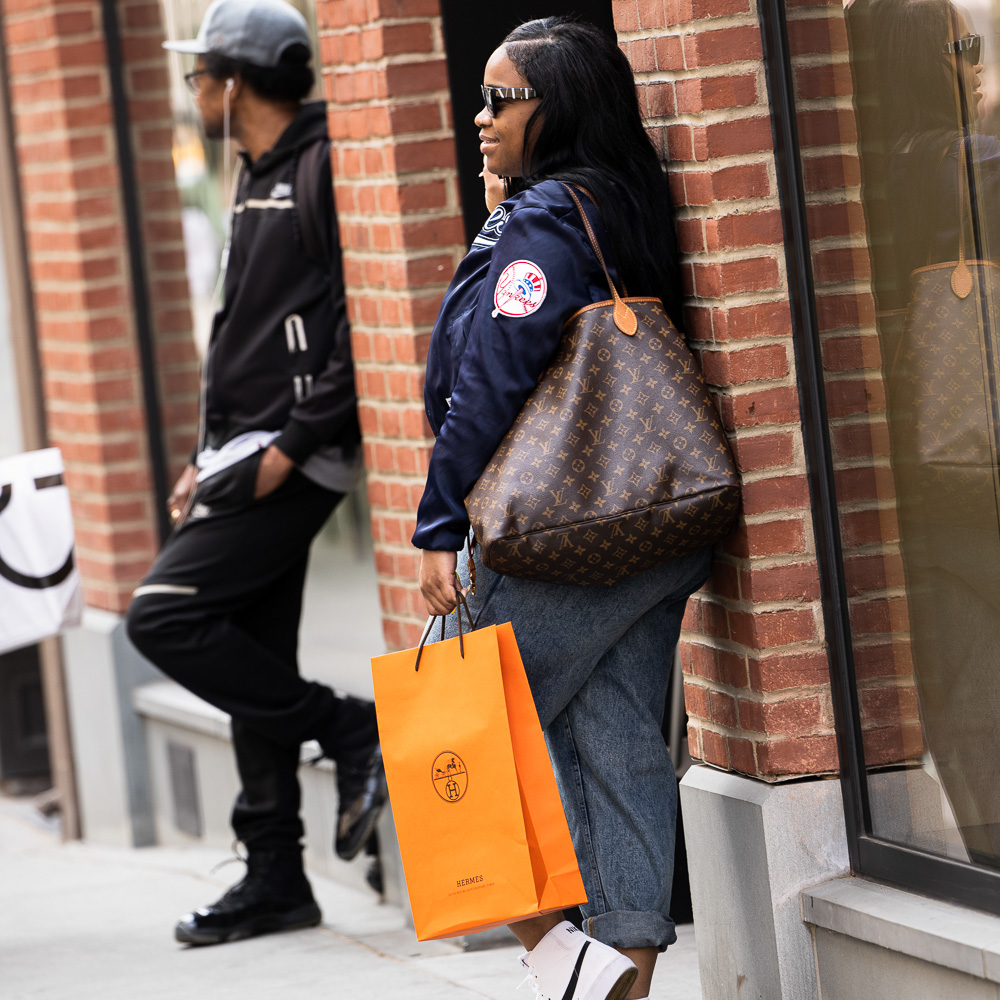
The entire scenario made me feel, to put it simply, regal. Whether I could actually afford a $1,100 raincoat was not a question. In the staff’s minds, I was deserving of top-notch service the moment I entered the boutique.
Walking into Prada in New York a few months later didn’t really feel like a downgrade, but the experience was definitely less than regal. No one greeted me as I freely perused the store; I considered trying on some shoes but opted against it and then exited. Did anyone even notice I was in there?
Perhaps the only brand that defies country-dependent sales staff behaviors is Hermès. Ask for a bag in any country and you’ll be met with the same blank stare. “We don’t have anything in stock” is the go-to answer across the board (the reason behind the likely falsehood: to drive desire, and therefore demand, up a notch).
As put by my other sister, who shall remain anonymous in the hopes of one day securing a Birkin, “If it’s the Hermès store, it’s all the same no matter where in the world.”
However, not everyone agrees that experiences differ in brick-and-mortars on a global scale.
“I’ve felt like I’ve been treated the same in luxury stores in Europe and in America,” said my pal Jessica. “I find the Chanel boutiques in Paris similar to the ones on Madison Avenue in New York. There might be more tourists in France than in New York, but the stores give me the same feeling.”
What Are Shoppers Shopping For?
Whether the experiences across continents differ or not, one thing is certain: what people are buying in Europe is not exactly what people are buying in the United States.
According to a 2022 study by Insider Intelligence, the most popular product in the American luxury goods market is footwear, followed by handbags and other leather goods.
In contrast, according to a 2022 study published in Global Data, “clothing accounted for the largest share in the Europe luxury retail market in 2021, followed by jewelry, watches and accessories.”
Americans seem to spend more on accessories while Europeans tend to pay more attention to actual clothes.
Of course, when discussing variations between markets, it’s also important to look at price differences.
Overall, it is cheaper to buy designer goods in Europe than it is to do so in North America. There are various reasons for that, starting with the fact that most luxury goods are produced in Europe. Shipping them to be sold overseas naturally incurs taxes that are, in turn, reflected on the items’ price tags.
Americans buying in Europe can also make use of tax-free regulations, getting back some cash upon their return to the States on an item that’s already, on average, less costly than it would be at home.
These key distinctions might actually also fuel sales people’s behaviors in stores. Working in a market that offers relatively affordable products may convince staff members that, if treated right, walk-ins may easily turn into consumers. In America, where prices are certainly higher, folks may regularly walk in, but they won’t as easily part with their money. For some, that might sound like an invitation to work harder, sell better, and be nicer—but not in America.
Perhaps flying to Europe for a quick shopping trip might actually prove to be more pleasant and even more cost-efficient than perusing through boutiques in Los Angeles and New York. See you in Rome?

